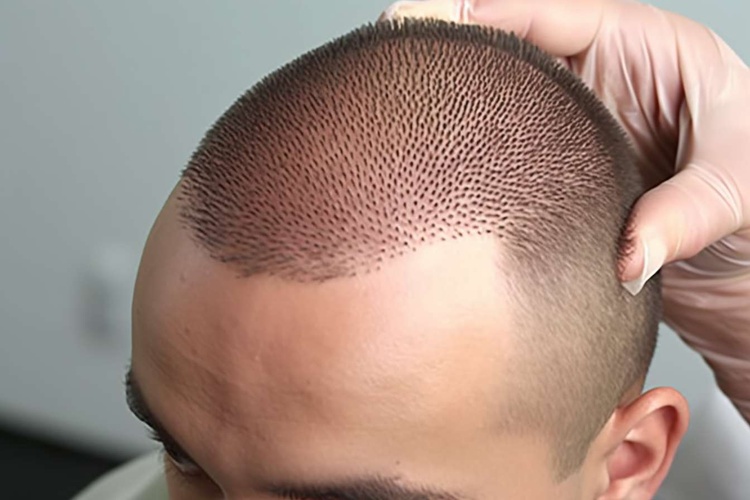A Guide to Safe and Ethical Cosmetic Hair Transplants Trials for Eyebrow Loss
For individuals experiencing eyebrow loss, participating in clinical trials for hair transplantation can provide an opportunity to receive innovative treatments while contributing to medical research. This comprehensive guide explores how to safely engage in eyebrow restoration research studies, understanding the requirements, benefits, and considerations before joining a clinical trial.

Understanding Clinical Trials for Eyebrow Restoration
Clinical trials for eyebrow hair transplantation are scientific studies that evaluate new techniques, technologies, or approaches to restore eyebrow hair. These studies typically involve testing advanced transplantation methods or comparing different restoration techniques to establish their safety and effectiveness. Participants receive carefully monitored treatment while helping advance medical knowledge in the field.
How Research Studies Can Reduce Treatment Costs
Many clinical trials offer reduced-cost or fully covered eyebrow restoration procedures in exchange for participation. Research facilities and medical institutions often provide the treatment at significantly discounted rates to attract qualified participants. This arrangement can make otherwise expensive procedures more accessible to those seeking eyebrow restoration.
Evaluating the Benefits and Risks of Trial Participation
When considering participation in hair transplant studies, it’s important to weigh several factors:
Benefits:
-
Reduced or eliminated treatment costs
-
Access to cutting-edge procedures
-
Regular monitoring by specialized medical professionals
-
Contributing to scientific advancement
Risks:
-
Possible side effects from experimental techniques
-
Extended commitment to follow-up appointments
-
Uncertainty of results
-
Potential placebo group assignment
Qualification Requirements for Clinical Trials
Most eyebrow restoration trials have specific eligibility criteria:
-
Age requirements (typically 18-65)
-
Type and extent of hair loss
-
Overall health condition
-
No current participation in other clinical studies
-
Commitment to follow-up appointments
-
Medical history requirements
Finding Available Eyebrow Restoration Studies
Clinical trials can be found through several reliable channels:
-
ClinicalTrials.gov database
-
Academic medical centers
-
Dermatology research facilities
-
Hair restoration clinics
-
University research departments
Current Trial Opportunities and Associated Costs
| Trial Type | Provider/Institution | Estimated Cost Savings |
|---|---|---|
| FUE Technique Study | Academic Medical Centers | 60-80% reduction |
| Stem Cell Research | Research Hospitals | 100% coverage |
| Traditional Transplant | Private Research Clinics | 40-50% reduction |
| Robotic Assistant Study | Technology Centers | 70-90% reduction |
Prices, rates, or cost estimates mentioned in this article are based on the latest available information but may change over time. Independent research is advised before making financial decisions.
Before committing to any clinical trial, thoroughly review the informed consent documentation, understand the protocol requirements, and discuss participation with your healthcare provider. While clinical trials offer promising opportunities for cost-effective eyebrow restoration, ensuring your safety and comfort with the process should be the primary consideration.
This article is for informational purposes only and should not be considered medical advice. Please consult a qualified healthcare professional for personalized guidance and treatment.




